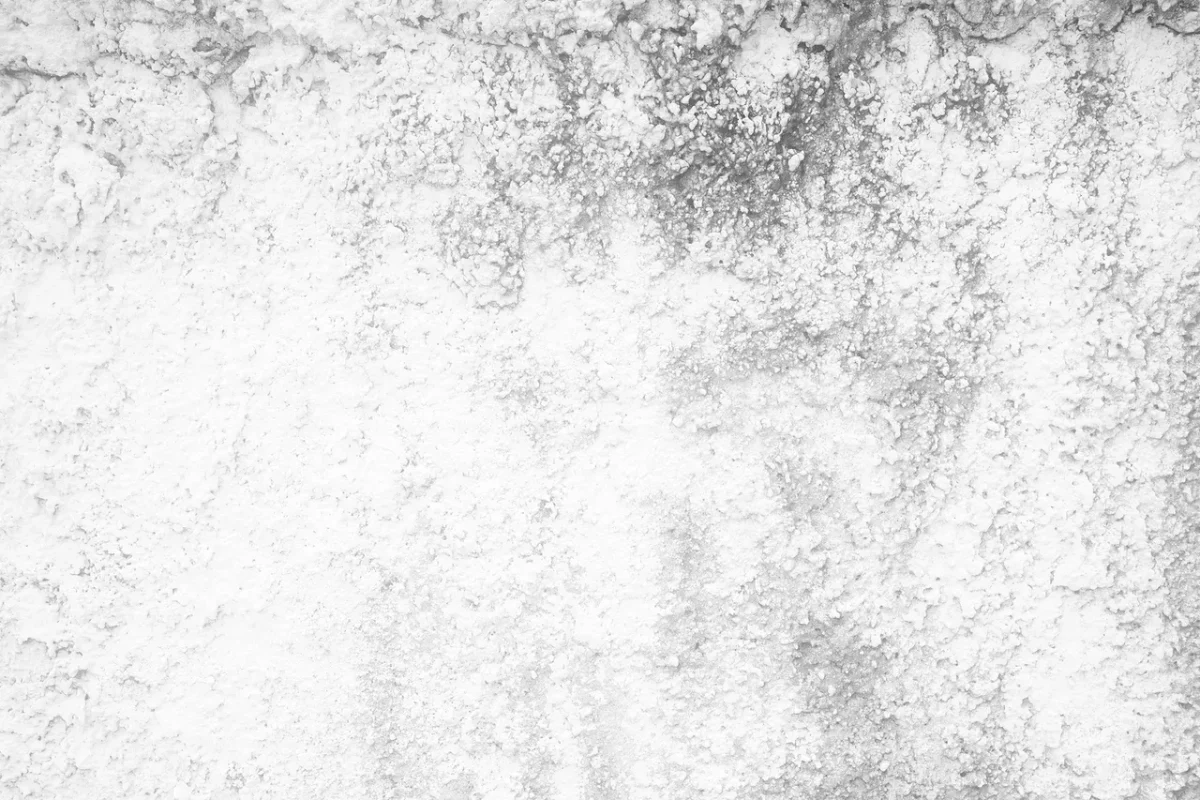Signs of Stucco Moisture Damage
If you believe you may have moisture damage on your stucco siding, you can first begin with a visual inspection to see if you have some of the main signs of moisture damage. Inspections of your siding can help spot signs of moisture damage before they have a chance to cause greater damage. Some things you can look out for include:
Dark Spots
As your stucco ages, it may naturally get darker in color. However, if you begin to notice discoloration or darker spots after a week of sunnier weather, it may be worth exploring as a potential sign of moisture damage. Persistent dark spots or streaks in the surface of your stucco may be signs of water penetration.
Bubbles
A poor drainage system on your home may allow water to sit along the foundation of your home and seep below the surface of your home. If you begin to notice bubbles or dense cracks beneath the surface of your stucco, there may be moisture retention occurring.
Soft Drywall
Checking for soft drywall will require you to go inside and feel along the bottom of your windows. If the drywall is soft beneath the windows, it may be a sign that moisture is trapped inside and is weakening the drywall beneath your home.
Missing or Cracked Stucco
Stucco is very porous by nature, and can absorb a lot of moisture naturally. However, this moisture should not be held beneath the surface of your stucco. If you notice cracking in your stucco, or chipping and missing pieces falling off, it may be a sign of a deeper moisture issue.
Testing for Moisture in Stucco
If you notice any of the above signs of moisture damage on the exterior of your stucco siding, it is important to consult with a professional. A professional can conduct further tests to check if there is moisture damage within the layers of your stucco siding. These tests include:
Exterior Probe Testing
Exterior probe testing is one of the most accurate ways to test for moisture damage within your stucco siding. A contractor will conduct this test by drilling a set of 3/16th inch holes on your stucco siding, then insert a moisture meter into each hole to determine the level of moisture within your stucco. The holes will be seamlessly patched by a skilled contractor at the end of this test.
Infrared Cameras
Occasionally, contractors may use thermal imaging to sense where your stucco may be cooler or warmer and use this information to determine moisture damage. This test is often used as a preliminary determinant, as it is less accurate than probe testing.
Video Scope
A contractor may also use a video scope to search the wall cavities of your home for signs of moisture damage. If the wall cavity is completely clear and accessible, this can be an accurate method for determining if a home has water damage. However, homes with cavities containing plumbing, insulation, or electrical materials, as most homes do have, will have less accurate results for this test.
Interior Probe Testing
Interior probe testing follows the same method as exterior probe testing, it is just done on the interior walls of the home. Oftentimes, the interior finishes of a home cannot be damaged, as such this provides a more limited method of testing moisture on the interior of the home.
Moisture in Your Stucco? Contact Titan Stucco Today!
If you have determined that you have moisture damage or signs of moisture penetration in your stucco siding, it is important to contact a professional to make a plan on
how to repair water-damaged stucco before further damage to your home can be caused. The seasoned professionals at Titan Stucco can offer you expert repair and installation for your stucco, as well as moisture inspection to determine the damage done by moisture to your stucco siding.
Contact Titan Stucco to learn more and begin the moisture repair process today.





